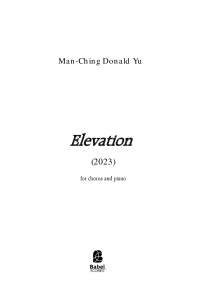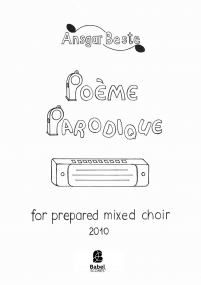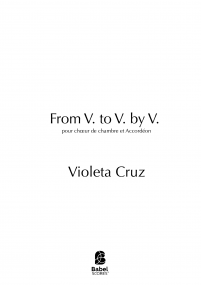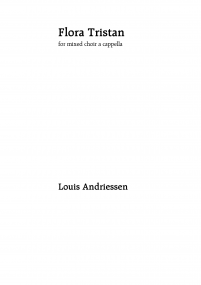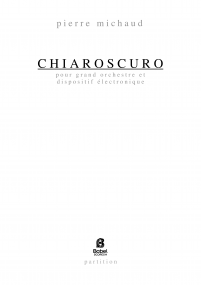AND (amnesia 4)
ISMN : 979-0-2325-7581-0
- Identifiez-vous pour créer une liste
Commission from the French Ministry of Culture for the Fondation Royaumont
written for Geoffroy Jourdain and Les Cris de Paris
TEXTS:
-an inscription at S. Lorenzo in Palatio (Sancta Sanctorum) in Rome
-Lewis Carroll – extract from Alice’s Adventures in Wonderland
-Georg Büchner – extract from Dantons Tod
-texts about replication and differentiation of the stem cells; (adaptation by S. Borzelli)
-Emily Dickinson – One and One / J769 (1863)
AND is the result of my personal reflection on the concept of eternity and on the idea of sacred which I wanted to imagine in the temple of our body (Non est in toto sanctior orbe locus / there is no holiest place in the world).
The words that Lewis Carroll makes the King pronounce by Alice in the paradoxical trial of “Alice’s Adventures in wonderland”, sum up our need to reduce life to a linear process with a beginning and an end, birth, and death.
On the other hand, the stem cells (as well as the germ cells) represent a powerful example that contradicts this linearity. Their constant renewal, their endless repetition, through complex processes of replication and differentiation, contain the memory of organisms that lived thousands of years ago, but whose bodies are now dead.
The texts by Georg Büchner (homage to “Difference and Repetition” by Gilles Deleuze) and Emily Dickinson express this divergent behavior which brings us, in the first case, divided and identical to ourselves everyday mortal life, and in the second case, tending towards a unity with everything which surrounds us and before us.
about the amnesia cycle
Without oblivion, memory would be oversaturated.
With the pieces of the amnesia cycle, I’m interested in exploring or representing the idea of memory loss, its transformation and/or re-codification.
The five pieces of the cycle have a different instrumental combination with or without the use of electronics. They are structured so that repetition – in its medium-form – could work as a reiterated path but each time characterized by different obstacles and interruptions. Their formal approach is similar but what makes the pieces different one from another is the musical (or extra-musical) idea of “forgotten material” and its way of opposing or aiming towards amnesia.
In AND, the surviving fragment is represented by different elements: a chord from the ”Lux Aeterna” by György Ligeti, a micropolyphonic melodic contour used on the Büchner’s text, and the “initial hit”, in a contradictory game of death and renewal which finds its eternal dimension in the creativity of memory.
Alto voice (4)
Tenor voice (4)
Bass voice (4)
Pages - 66


